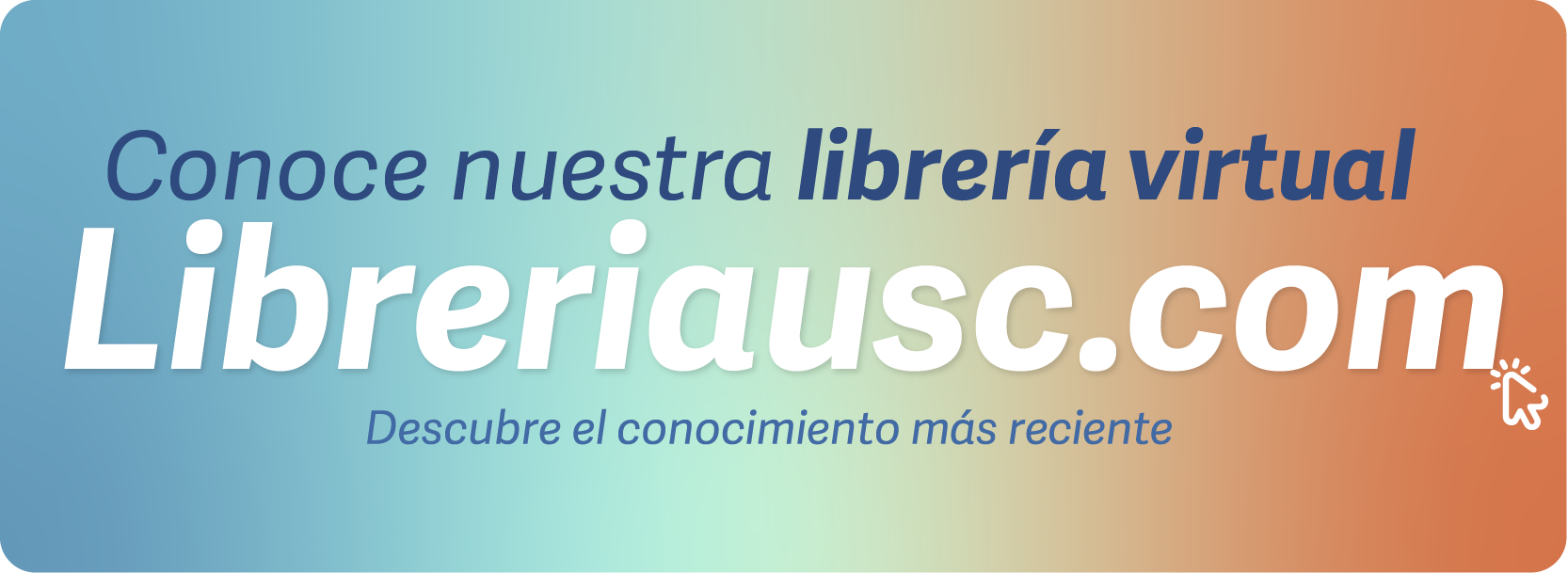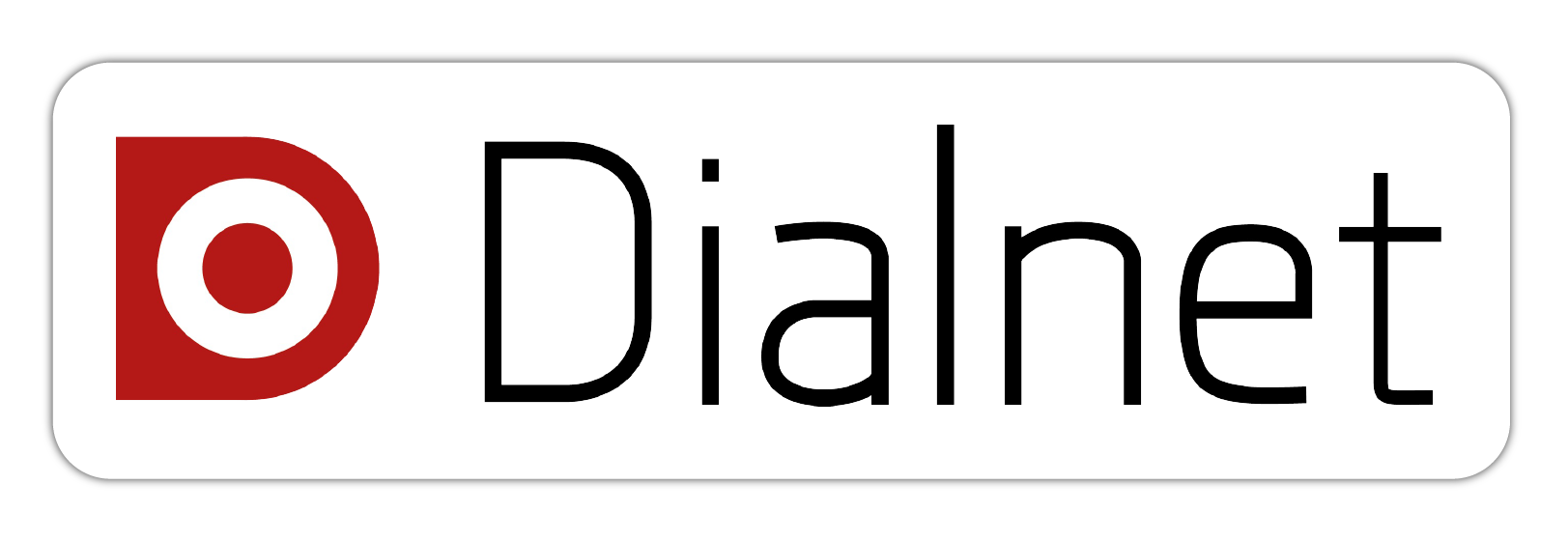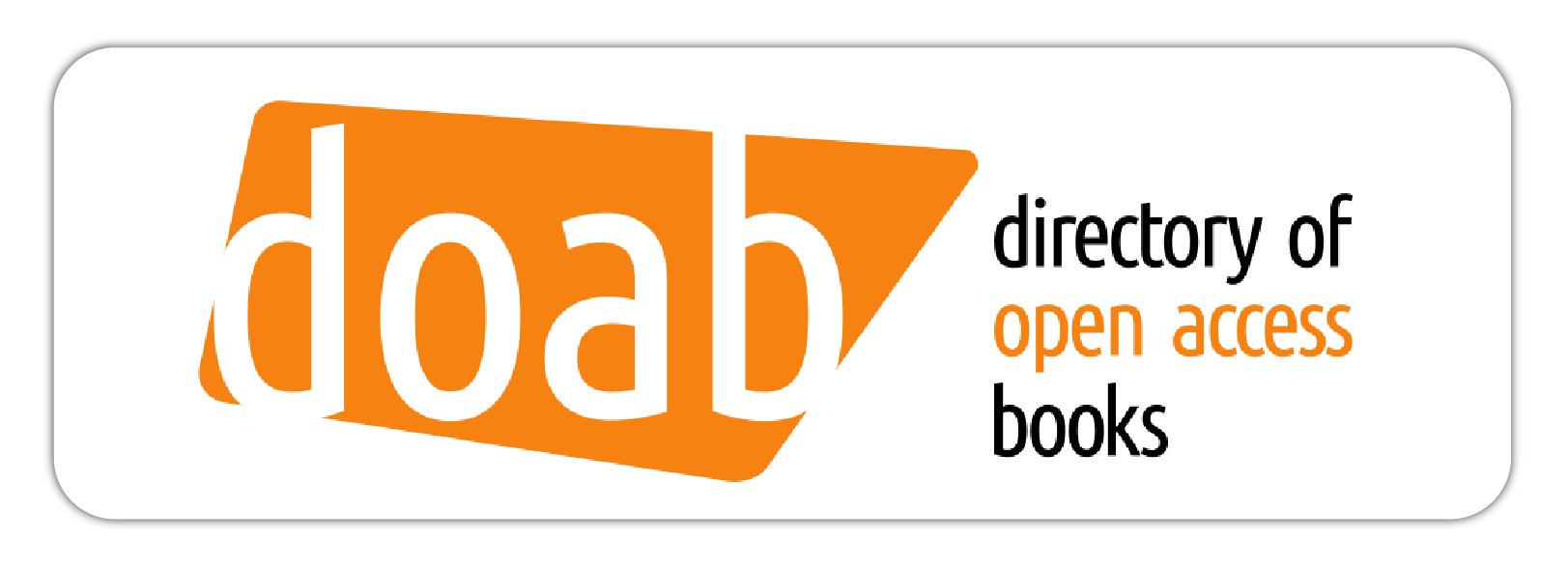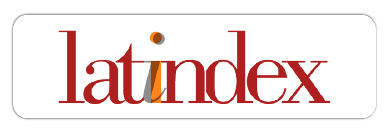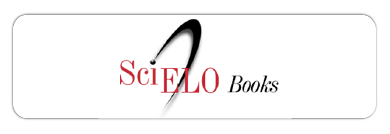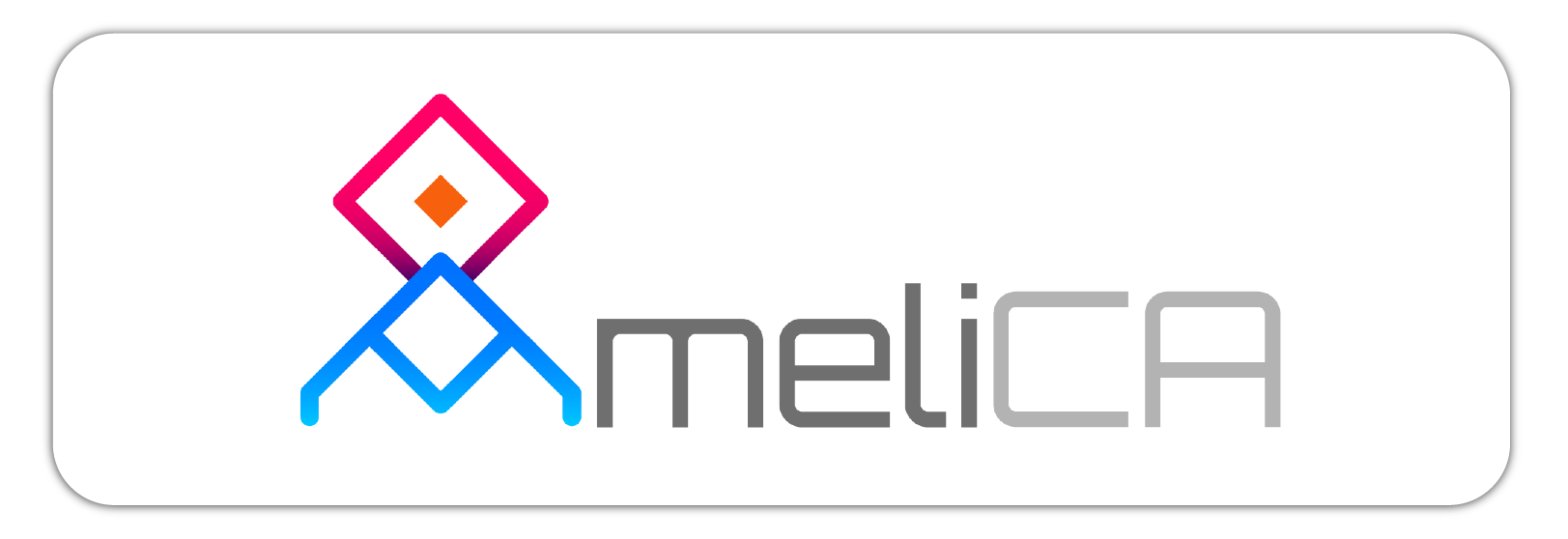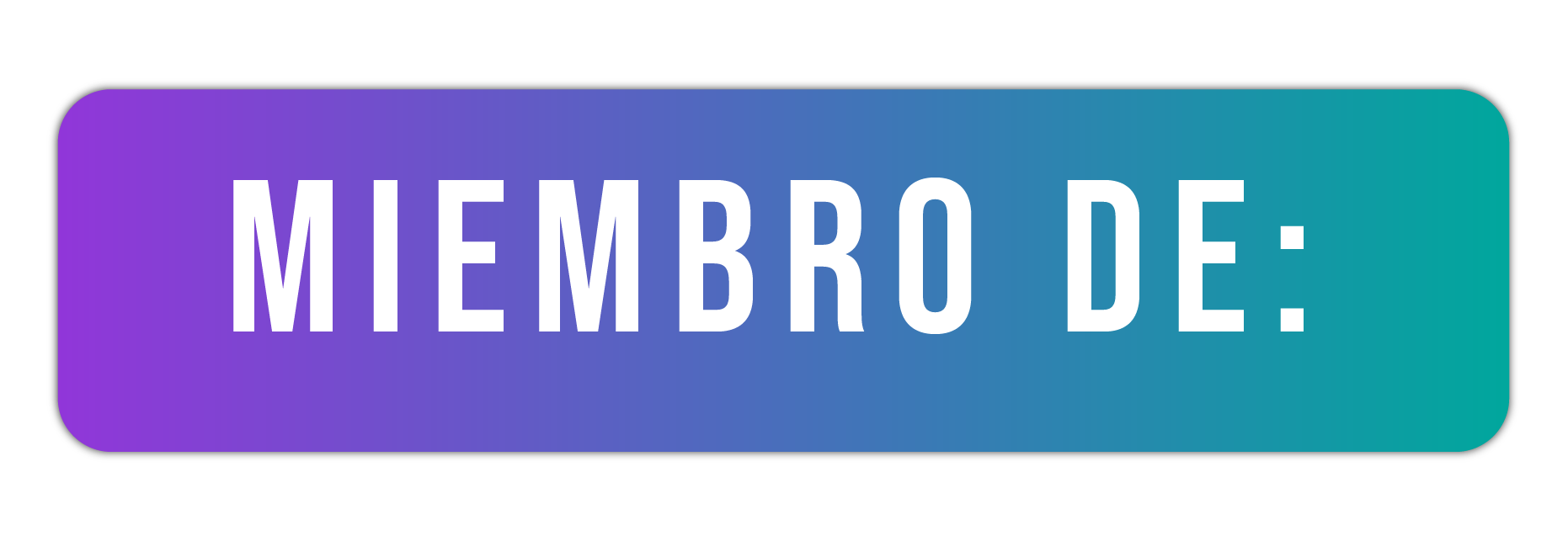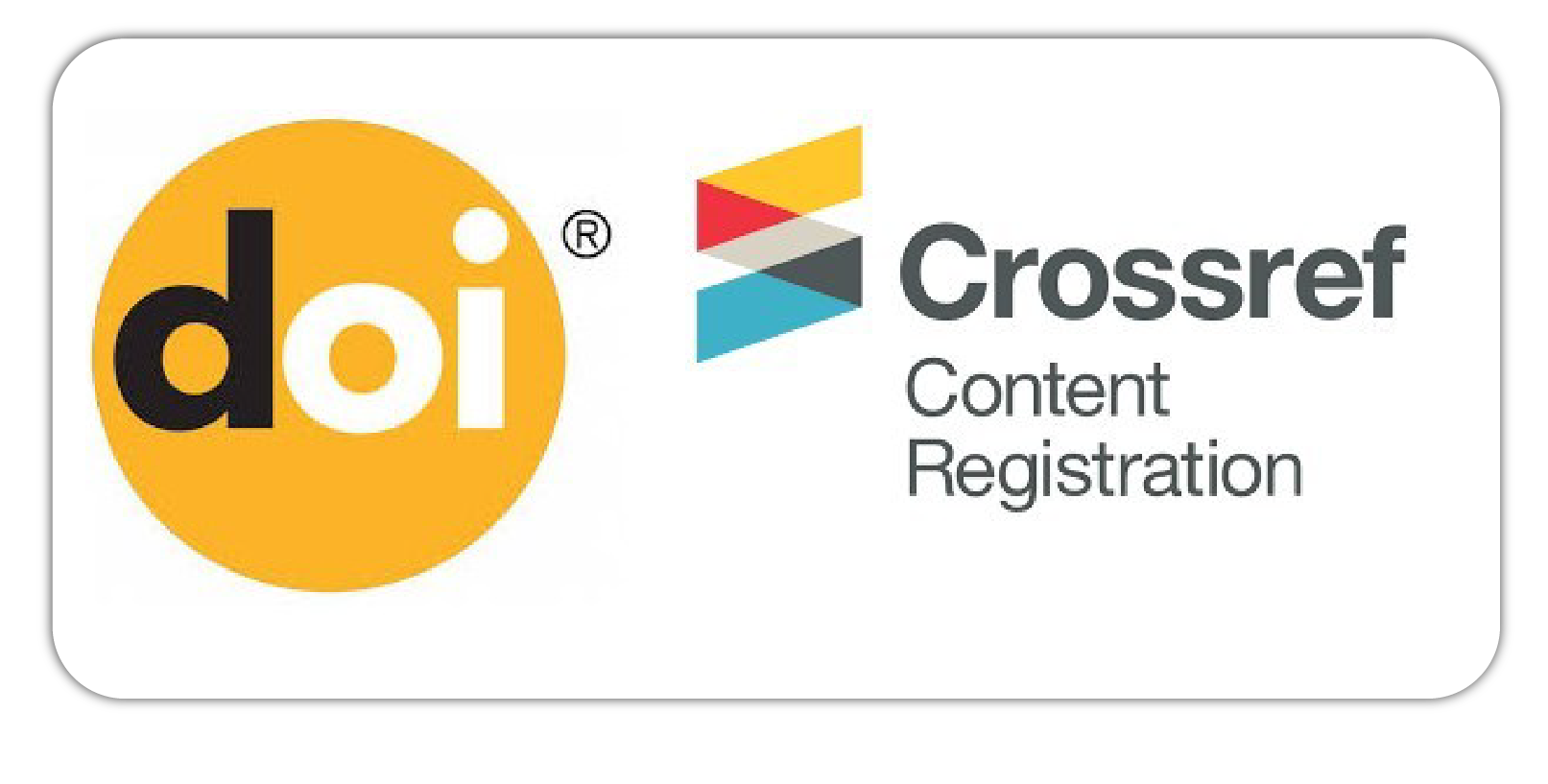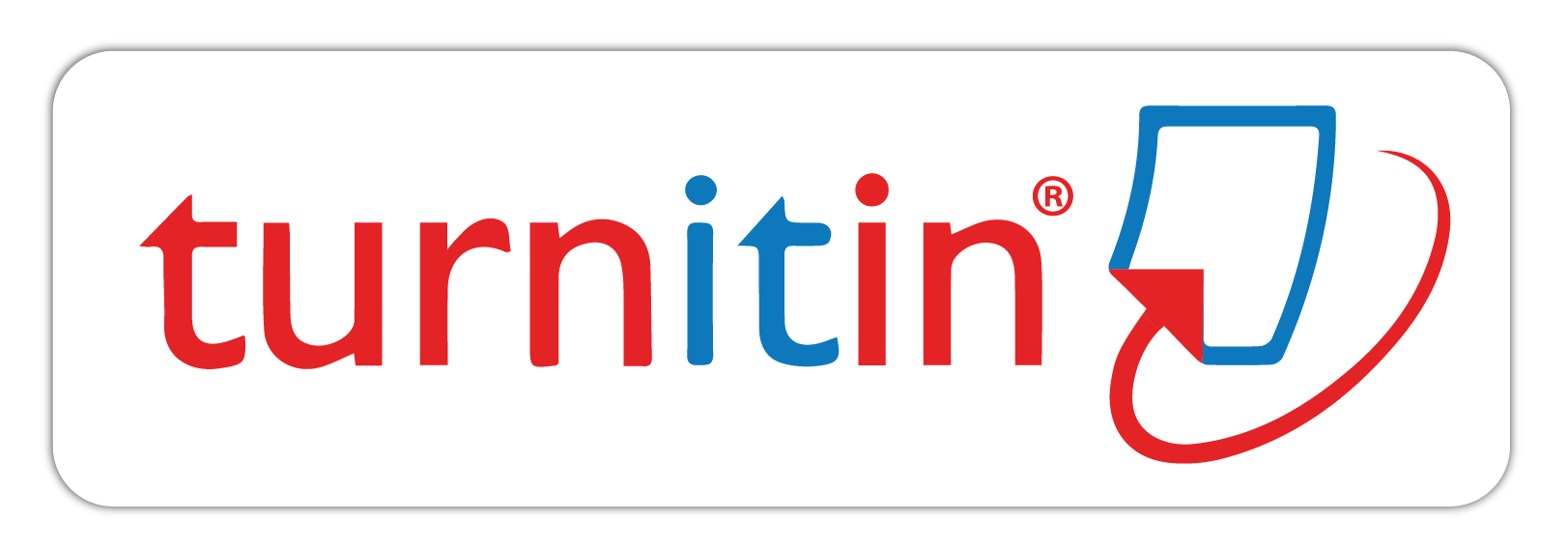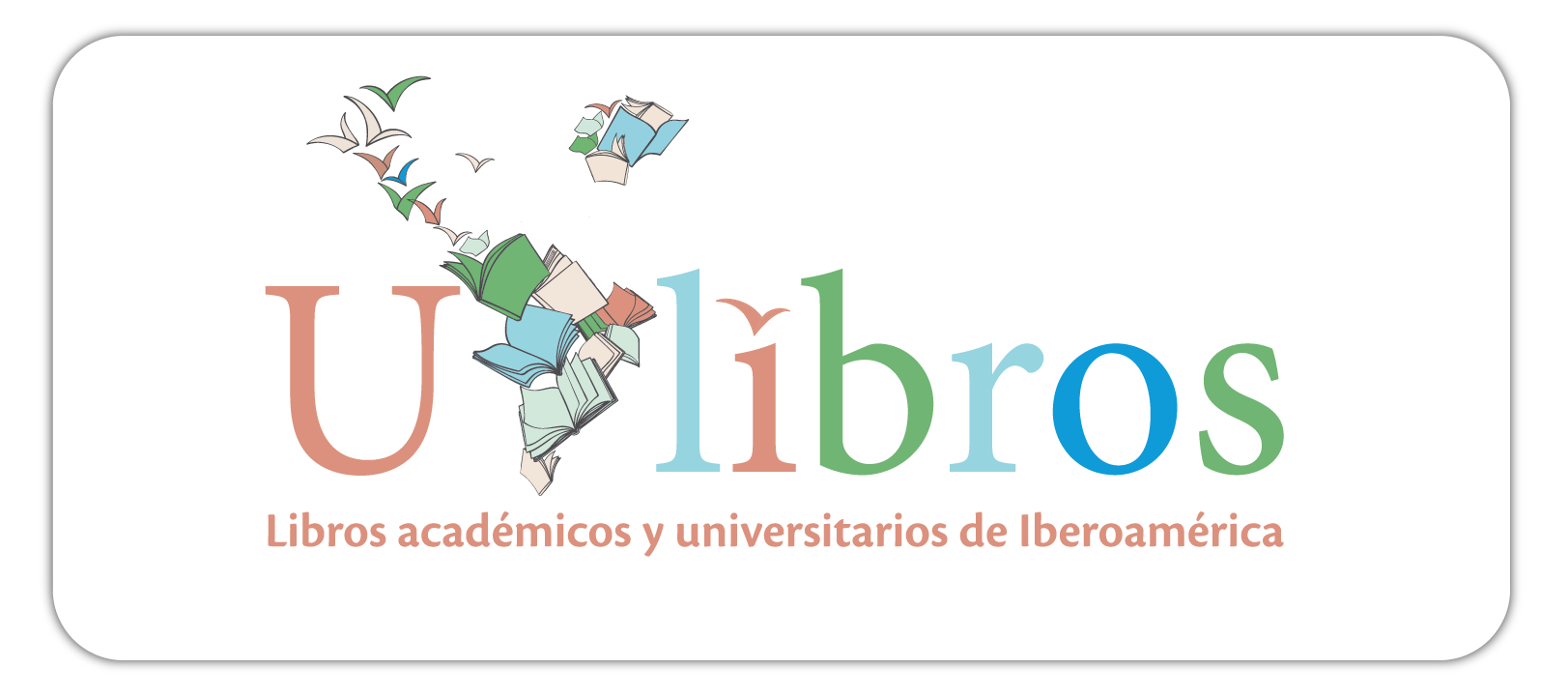Elementos básicos de la rehabilitación deportiva.
Palabras clave:
Psicología del deporte, Deportes, Actividad físicaSinopsis
El haber tenido la oportunidad de ser docente del coordinador y autor de este libro me permitió participar de espacios de discusión sobre el tema y entender la indudable importancia que para la Actividad Física y el Deporte tiene la Rehabilitación Deportiva, toda vez que es un proceso integral e integrado y con calidad del cual depende la oportuna rehabilitación del deportista y su pronta reinserción a la práctica deportiva y a la competencia misma. Tengo el agrado de presentar esta obra que se convierte en un aporte relevante para quienes se desempeñan en el área de actividad física y deporte ya que a través de sus diferentes apartados se ofrecen elementos y conceptos teóricos prácticos para un adecuado proceso de rehabilitación.
La primera unidad retoma el objeto de estudio de la Fisioterapia y en este sentido apoyado en las bases legales que sustentan la profesión, tanto en el contexto Nacional como Internacional da cuenta de todos aquellos elementos que sin lugar a dudas se convierten en la piedra angular para que el Fisioterapeuta sea considerado uno de los profesionales del equipo interdisciplinario que lidera el proceso de rehabilitación deportiva, y es así como su intervención permite reducir los tiempos de recuperación y aportar para que el deportista se reintegre lo antes posible a su práctica.
Capítulos
-
Prólogo
-
Unidad 1: Fisioterapia y rehabilitación Deportiva
-
Unidad 2: Consideraciones, conceptos y contexto de la lesión deportiva
-
Unidad 3: Parámetros de la rehabilitación deportiva
-
Unidad 4: Objetivos y fases de la rehabilitación deportiva
-
Unidad 5: Guía para el manejo y clasificación de trastornos musculares
Descargas
Citas
Cobo-Mejía EA. Repensando los periodos de la Fisioterapia en Colombia. Shs [Internet]. 2011;6(1):1–20. Available from: http://revistas.uptc.edu.co/revistas/index.php/shs/article/view/1906%0Ahttp://revistas.uptc.edu.co/revistas/index.php/shs/article/download/1906/1897
Congreso de Colombia. Ley 528 de 1999 [Internet]. Diario Oficial, 43.711 Bogotá: Diario Oficial; 1999 p. 1–11. Available from: http://www.mineducacion.gov.co/1621/articles-105013_archivo_pdf.pdf
Carr J. Reflections on physiotherapy and the emerging science of movement rehabilitation. Aust J Physiother [Internet]. 1994;40:39–47. Available from: http://dx.doi.org/10.1016/S0004-9514(14)60622-X
Association APT. Guide to Physical Therapist Practice 3.0. American Physical Therapy Association; 2014.
ASCOFI, ASCOFAFI, COLFI, ASCOFI, ASCOFAFI, COLFI A. Perfil profesional y competencias del fisioterapeuta en Colombia. Bogotá; 2015.
Vicente,S.Agredo,F.Mina J. Perfil profesional y ocupacional de los fisioterapeutas en Colombia Proffesional and occupational profile of pshysiotherapists in Colombia. CES Mov y Salud [Internet]. 2015;3(31):35–43. Available from: http://revistas.ces.edu.co/index.php/movimientoysalud/article/viewFile/3463/pdf
González López LE, Serrano Salazar AM, Morales Montenegro LM, Orlando Granados J. Análisis documental de las competencias profesionales del fisioterapeuta deportivo. Rev Colomb Médicina Física y Rehabil [Internet]. 2017;27(1):16–24. Available from: http://www.revistacmfr.org/index.php/rcmfr/article/view/184
Bulley C, Donaghy M. Sports physiotherapy competencies: The first step towards a common platform for specialist professional recognition. Phys Ther Sport. 2005;6(2):103–8.
Martín Urrialde JA. Fisioterapia deportiva en España y Europa. Revisión de un proceso histórico: 1988-2004. Rev Iberoam Fisioter y Kinesiol. 2005;8(2):95–101.
Navas JO. La rehabilitación en el deporte. Arbor CLXV [Internet]. 2000;650(Febrero):227–48. Available from: http://arbor.revistas.csic.es/index.php/arbor/article/viewFile/967/974
Cott CA, Finch E, Gasner D, Yoshida K, Thomas SG, Verrier MC (Molly). The movement continuum theory of physical therapy. Vol. 47, Physiotherapy Canada. 1995. p. 87–95.
Nicholls DA, Gibson BE. The body and physiotherapy. Physiother Theory Pract. 2010;26(8):497–509.
Jorgensen P. Concepts of body and health in physiotherapy : The meaning of the social / cultural aspects of life. Physiother Theory Pract. 2000;16:105–15.
Pinzón, R, I. Rol del Fisioterapeuta en la prescripción de ejercicio. Arch Med [Internet]. 2014;14(1):129–43. Available from: http://www.redalyc.org/pdf/2738/273832164012.pdf
Ocampo Plazas ML, Sánchez-Arias M del R, Ramos DM, Bonilla JF, Maldonado MA, Escalante JV. Reflexiones del desempeño profesional del fisioterapeuta en el campo de la actividad física. Rev Ciencias la Salud [Internet]. 2012;10(2):243–52. Available from: http://search.ebscohost.com/login.aspx?direct=true&db=rzh&AN=104390885&site=ehost-live
Martín Urrialde JA. Fisioterapia en la actividad física : una nueva apuesta de la AEF. Rev Iberoam Fsioterapia y Kinesiol [Internet]. 2008;11(1):1–2. Available from: http://dx.doi.org/10.1016/S11386045(08)71829-X
Galindez Ibarbengoetxea X. Técnicas de fisioterapia en patología deportiva: fase aguda. Fisioterapia [Internet]. 2004;26(1):36–40. Available from: http://linkinghub.elsevier.com/retrieve/pii/S0211563804730813
Rubio S, Chamorro M. Lesiones del deporte. Arbor CLXV, 650 (Febrero 2000), 203-225 pp.
Adamuz F, Nerin M. El fisioterapeuta en la prevención de lesiones del deporte. REV FISIOTER (GUADALUPE). 2006; 5 (2) : 31 – 36
Ocampo M, Sánchez-Arias M, Ramos D, Bonilla J, Maldonado M, Escalante J. Reflexiones del desempeño profesional del fisioterapeuta en el campo de la actividad física. Rev. Cienc. Salud. 2012;10(2): 243-252
Aguiló A, Moreno C, Martínez P, Paz B. Relevancia de la formación sobre ejercicio físico y deporte en los planes de estudio de fisioterapia. Fisioterapia 2006;28(6):291-7
Osorio J, Clavijo M, Arango E, Patiño S, Gallego I. Lesiones Deportivas. IATREIA / Vol 20/No.2 / Junio / 2007. Pag. 167-177
Villaquirán A, Portilla-Dorado E, Vernaza-Pinzon P. Caracterización de la lesión deportiva en atletas caucanos con proyección a juegos deportivos nacionales. Vol. 18, Núm. 3 (2016) pag. 541-549
Chalmers D. Injury prevention in sport: not yet part of the game? Injury Prevention. 2002; 8(Suppl IV):iv22-iv25
Bahr R, Holme I. Risk factors for sports injuries: a methodological approach. Sports Med. 2003; 37:384-392.
Van Mechelen W, Hlobil H, Kemper HC. Incidence, severity, aetiology and prevention of sports injuries. A review of concepts. Sports Med. 1992; 14:82-99
Kolt G, Snyder-Mackler L. Importancia de la fisioterapia en el deporte, ejercicio y la actividad física. EN: Fisioterapia del deporte y el ejercicio. Elsevier España, 2004. Pg. 3.
Halson S, Jeukendrup A. Does overtraining exist? An analysis of overreaching and overtraining research Sports Med, 34(2004), pp. 967-981
Australian Bureau of Statistics. Australian Social Trends June 2011. Sport and physi-cal recreation [Online], Canberra, AU, ABS, 2011. p. 10. ABS Cat. No. 4102. Disponible en: http://www.ausstats.abs.gov.au/ausstats/subscriber.nsf/LookupAttach/4102.0Publication29.06.114/$File/41020Sport Jun2011.pdf. Consultado el 6 de noviembre de 2017
Moreno C, Rodríguez V, Seco J. Epidemiologia de las lesiones deportivas. Fisioterapia Vol. 30. Núm. 1.2008;30:40-8
Finch C. Una visión general de algunos problemas de definición para la vigilancia de lesiones deportivas Sports Med, 24(3) (1997), pp. 157-163
Bahr R, Krosshaug R. Understanding injury mechanisms: a key component of preventing injuries in sport Br J Sports Med, 39(2005), pp. 324-329
Travert M, Maïano C, Griffet J. Understanding injuries in sports: Selfreported injury and perceived risk of injury among adolescents. Rev. Eur. Psychol. Appl. 2017
Maffulli N. Types and epidemiology of tendinopathy. Clin Sports Med. 2003; 22:675-692.
Rose M, Emery C, Meeuwisse W. Sociodemographic predictors of sport injury in adolescents. Medicine & Science in Sports & Exercise, (2008). 40(3), 444–450.
DiFiori J. Evaluation of overuse injuries in children and adolescents. Current Sports Medicine Reports, 2010 9, 372–378
Montosa I, Vernetta M, López-Bedoya J. Características de las lesiones deportivas en jóvenes practicantes de gimnasia rítmica de competición. Rev Andal Med Deporte vol.8 no.1 Sevilla mar. 2015
Garrido R, Pérez J, González M, Diéguez S, Pastor R, López-Andújar L, Llorens P. Epidemiología de las lesiones deportivas atendidas en urgencias. Emergencias (Sant Vicenç dels Horts); 200921(1): 5-11.
Ramos CA. Características de las lesiones deportivas en el Taekwondo: Aspectos básicos de su tratamiento. Revista EDU-FISICA Grupo de Investigación Edufisica disponible en: http://edu-fisica.com/Revista%205/lesionestaekwondo.pdf. Consultada el 5 de noviembre de 2017
Sánchez T, Castro L. Lesiones deportivas de las categorías mayores del club de patinaje Tequendama de Bogotá. Rev. Movimiento científico, 2015;9(1):21-32
Orchard J. Preventing sports injuries at the national level: time for othernations to follow New Zealand’s remarkable success. Br J Sports Med 2008; 42(6):392–393.
Walden M, Hagglund M, Ekstrand J. Football injuries during EuropeanChampionships 2004–2005. Knee Surg Sports Traumatol Arthrosc 2007; 15(9):1155–1162.
Orchard JW, Orchard JJ, Seward H. Results of 2 decades of injury surveillance andpublic release of data in the Australian Football League. Am J Sports Med 2013; 41(4):734–741.
Ekegren C, Gabbe B, Donaldson A, Cook J, Lloyd D, Finch C. Injuries in community-level Australian football: Results from a club-based injury surveillance system. Journal of Science and Medicine in Sport 18 (2015) 651–655
Hamilton B, Valle X, Rodas G, Til L, Grive RP, Rincon JA, et al. Classification and grading of muscle injuries: a narrative review. Br J Sports Med 2015; 49:306.
Hamilton B, Alonso J, Best T. Time for a paradigm shift in the classification of muscle injuries. Journal of Sport and Health Science 6 (2017) 255–261
Ekstrand J, Hägglund M, Waldén M. Epidemiology of muscleinjuries in professional football (soccer). Am J Sports Med.2011;39(6):1226–32
Sherry M, Best T. A comparison of 2 rehabilitationprograms in the treatment of acute hamstring strains. JOrthop Sports Phys Ther. 2004; 34(3):116–25.5.
Ramos G, Arliani G, Astur D, Pochini A, Ejnisman B, Cohen M. Rehabilitation of hamstring muscle injuries: a literature review. Rev. Bras. Ortop. 2017;5 2(1):11–16
Rachun A. Standard nomenclature of athletic injuries. 1st ed. Chicago, IL: American Medical Association; 1966.p.157.
Bahr R, Maehlum S. Lesiones Deportivas: Diagnóstico, tratamiento y rehabilitación. Edit Médica Panamericana. 2007. Pag.3
Walker B. Explicación de la lesión deportiva. En: Anatomía de las lesiones deportivas. Edit. Paidotribo, 2010. Pg. 1-6
Junge A, Langevoort G, Pipe A, Peytavin A, Wong F, Mountjoy M, et al. Injuries in team sport tournaments during the Olympic games. American Journal of Sports Medicine. 2004;(34):565-576.
Michaud, P. A., Renaud, A., & Narring, F. Sports activities related to injuries? A survey among 9–19 year olds in Switzerland. Injury Prevention, (2001). 7, 41–45.
Nicholl J, Coleman P, Williams B. The epidemiology of sports and exercise related injury in the United Kingdom. British Journal of Sports Medicine, (1995). 29(4), 232–238
Prentice W. Capítulo 2; Conocimiento del tratamiento curativo mediante la rehabilitación. Técnicas de Rehabilitación de medicina deportiva. Edit. Paidotribo. Pg 18. 2009
Goldenberg M. Wound care management: Proper protocol differs from Athletic trainner´s perceptions. Journal of Athletic training. 1996, 31(1):12-16
Martínez J, Martínez J, Fuster I. Lesiones en el hombro y fisioterapia. Arán Ediciones. 2006. Pag 69
Lüllmann H, Mohr K, Hein Lutz. Farmacología: texto y atlas. Edit Médica Panamericana. 2010 pag 114
Pryde J. Inflamación y Reparación de tejidos. Cameron M. Agentes Físicos en Rehabilitación. Elsevier. 2009, pg 40
Kellett J. Acute soft tissue injuries--a review of the literature. Med Sci Sports Exerc. 1986 Oct; 18 (5): 489-500.
Schiffer J. Rehabilitación of sports injuries. IAAF 24:2; 7-20, 2009
Campos A, Groth A, Branco A. Assessment and nutritional aspects of wound healing. Curr Opin Clin Nutr Metab Care 2008; 11: 281e8
Kurz A, Sessler DI, Lenhardt R. Perioperative normothermia to reduce the incidence of surgical-wound infection and shorten hospitalization. Study of Wound Infection and Temperature Group. N Engl J Med 1996 May 9; 334: 1209e15.
Singh S, Young A, McNaught C. The physiology of wound healing. In Surgery (Oxford), Vol 35,9, 2017, Pag 473-477
Norris S, Provo B, Stotts N. Physiology of wound healing and risk factors that impede the healing process. AACN Clin Issues Crit Care Nurs. 1990 Nov; 1(3):545-52.
Hawson ST. Physical therapy and rehabilitation of the foot and ankle in the athlete. Clin Podiatr Med Surg 2011; 28:189–201.
Liebenson C. Integración de la rehabilitación en la praxis quiropraxia (mezclando la asistencia activa y pasiva). En: Manual de rehabilitación de la columna vertebral. Edit. Paidotribo. 1999. P. 32
Liebenson C. Pathogenesis of chronic back pain. Physiol Ther. 1992; 15:303
Howse J. Lesiones: Patología, causas, tratamiento, prevención y nutrición. En: Técnica de la danza y prevención de lesiones. Paidotribo. 2002. P. 78
Mukaia R, Matsuia N, Fujikuraa Y, Matsumotob N, Houb D, Kanzakic N, Shibatac H, Horikawad M, Iwasae K, Hirasakaf K, Nikawag T, Teraoa J. Preventive effect of dietary quercetin on disuse muscle atrophy by targeting mitochondria in denervated mice. Journal of Nutritional Biochemistry 31 (2016) 67–76
McCarthy J, Esser K, Peterson C, Dupont-Versteegden E. Evidence of MyomiR network regulation of beta-myosin heavy chain gene expression during skeletal muscle atrophy, Physiol. Genomics; 2009. 39 219–226





